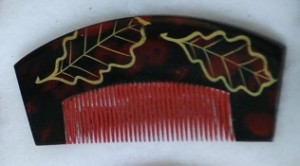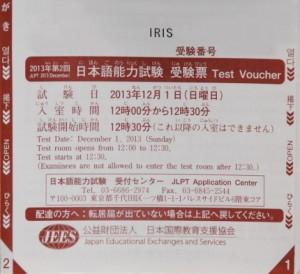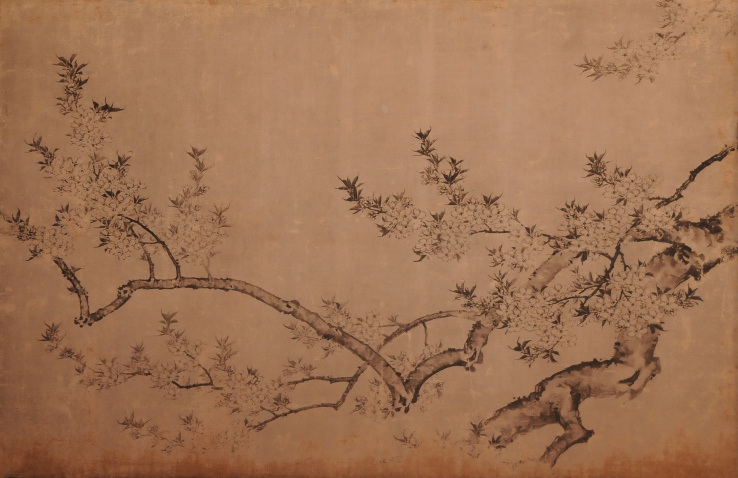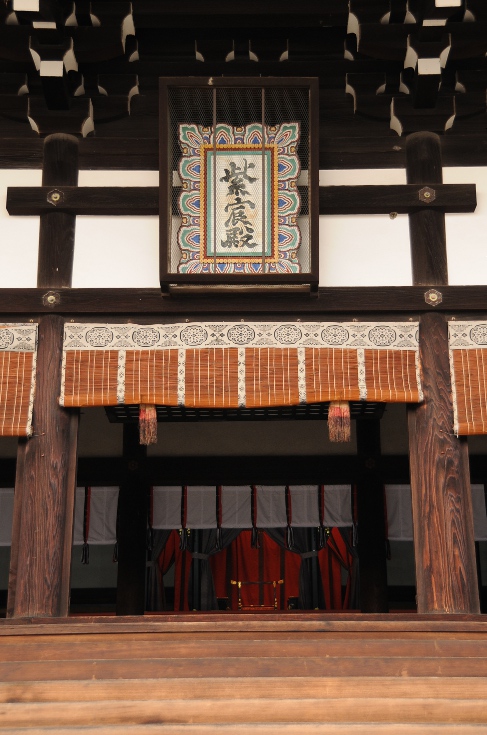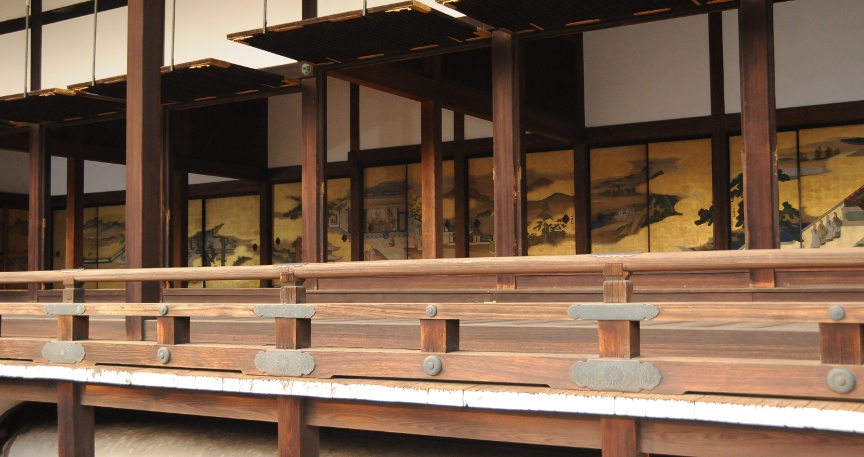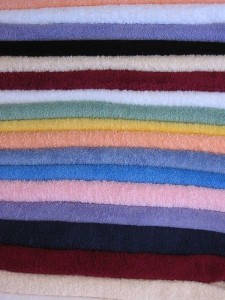As you know, I went to Tokyo last weekend. As I had to go on relatively short notice, the hotel chain I usually stay in was booked solid down until Yokohama. Not willing to pay 12.000 YEN and more for a single night – the Shinkansen ticket was expensive enough – I decided to go the other way and booked – for 2.200 YEN – a place in one of those (in-) famous capsule hotels!
A capsule hotel, if you want so, is like a dormitory but with a bit more privacy. You get your own capsule, which is a hole in the wall of about the size of a bunk bed. There are usually two stacked on top of each other and you have to enter at the head or pillow side. A capsule is very basic: Besides a futon or mattress and sheets for it; a TV may be there as well. Facilities are shared, and that’s why many capsule hotels only cater to male guests, although some have own floors reserved for women. Besides towels, yukata, and slippers, no further service is offered, meaning you will not get breakfast there. Usually however, there is a communal room somewhere with vending machines, microwaves, and even computers.
So much for the theory, this is what I knew beforehand. Here is my personalized version of the adventure…
Upon arrival at the Hotel Asakusa and Capsule and after some struggling with the reservation name, I first had to buy a ticket from a vending machine opposite the front desk for the price of the accommodation. After filling in my name on the ticket, I had to put my shoes in one of the small lockers near the elevator and put on slippers. In exchange for the shoe locker key I received the key to my capsule, or so I thought. Equipped with keywords for the electronic locks and pointers to the women’s bathroom, I went up to the 6th floor and found my capsule to be one of 34 in a rather dark corridor to the left of the elevator. Right of the elevator were housed the toilets and a washroom.
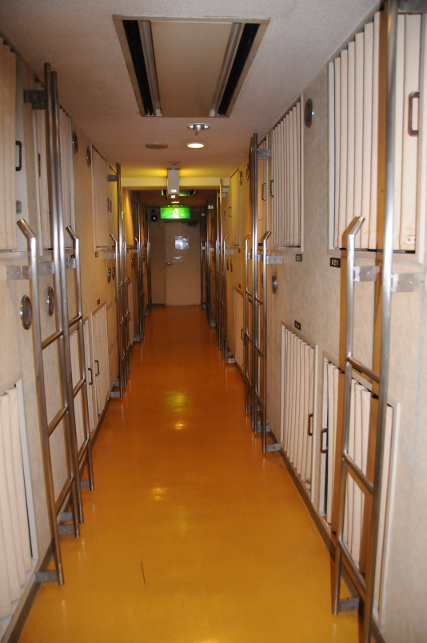 Each one of the capsules was just as I expected, they had a sort of curtain instead of an entrance door (I guess it would have been too claustrophobia inducing inside otherwise, as only some of the capsules had little windows, but not mine); they key turned out to be for the closet inside the capsule, which had space only to hang two shirts. It was certainly the smallest closet I had ever seen, although I have to admit that some of the Japanese business hotels I’ve stayed in did without them altogether.
Each one of the capsules was just as I expected, they had a sort of curtain instead of an entrance door (I guess it would have been too claustrophobia inducing inside otherwise, as only some of the capsules had little windows, but not mine); they key turned out to be for the closet inside the capsule, which had space only to hang two shirts. It was certainly the smallest closet I had ever seen, although I have to admit that some of the Japanese business hotels I’ve stayed in did without them altogether.
Anyway, besides the closet, the concrete capsule was equipped with a futon, pillow, and blanket, and on a shelf on the foot end stood a tiny pay TV (100 YEN/hour), with earphones discretely but in plain view located beside it. There was a light, a telephone to call the front desk, and a small ventilator which I actually did use later on because the space became stuffy rather quickly. Also provided were towels and a yukata – after all, the hotel did have one floor dedicated to a sento. I found the capsule rather spacious, it had a size 1.2 x 1.2 x 2 metres, which was enough (for me at least) to sit without bumping my head. When I lay on the futon, I could not touch the ceiling with my hands, so I did not feel claustrophobic after all, but maybe – as the hotel was a bit older – newer ones are smaller?
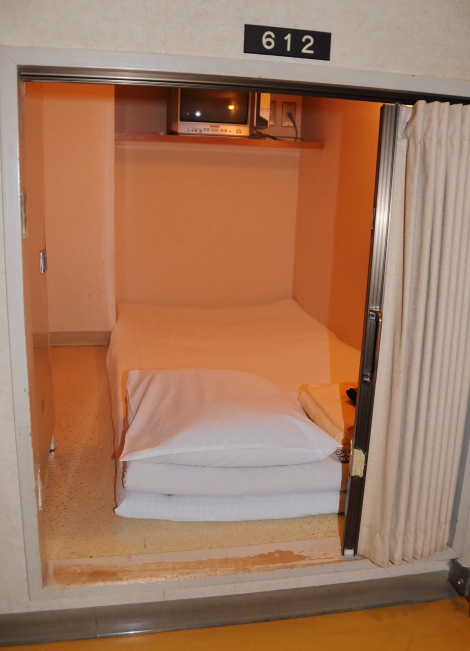 Looking at the picture, you will notice that there is certainly not enough space for any type of luggage, regardless of its size. Clearly, it is not a good idea to leave anything in the capsule while you’re out and about, so different sized lockers were available in the basement – for an extra charge, of course. Other add-ons were a “dining” room equipped with water cookers, microwaves, vending machines, several computers providing free internet and a TV. An interesting bit of information – provided via a notice in the elevator – was that you had to do the vending-machine check-in every day again, even if you had booked for several nights.
Looking at the picture, you will notice that there is certainly not enough space for any type of luggage, regardless of its size. Clearly, it is not a good idea to leave anything in the capsule while you’re out and about, so different sized lockers were available in the basement – for an extra charge, of course. Other add-ons were a “dining” room equipped with water cookers, microwaves, vending machines, several computers providing free internet and a TV. An interesting bit of information – provided via a notice in the elevator – was that you had to do the vending-machine check-in every day again, even if you had booked for several nights.
All in all, I found the experience very interesting – a bit dorm-like with more privacy. It was very clean everywhere and warm and quiet. Everybody was very considerate also, I only heard the other guests as they were leaving in the morning, and the place was also fully booked. I think this is certainly something to do again – provided I don’t have to get dressed decently and put on makeup again, the washrooms had terrible light…
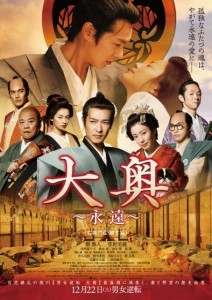 Imagine the following: It’s Japan, at the end of the 17th century. You are the shogun, the most powerful person in the country. Everything runs well, you have a lovely spouse, an attractive concubine, and a countless number of admiring – and admirable – courtiers. But then, your one and only heir dies unexpectedly from a disease – and suddenly securing succession for your family by producing another heir becomes paramount. The usual courtly intrigues are reaching a new peak when the only solution is to ramp up your sex life, but…
Imagine the following: It’s Japan, at the end of the 17th century. You are the shogun, the most powerful person in the country. Everything runs well, you have a lovely spouse, an attractive concubine, and a countless number of admiring – and admirable – courtiers. But then, your one and only heir dies unexpectedly from a disease – and suddenly securing succession for your family by producing another heir becomes paramount. The usual courtly intrigues are reaching a new peak when the only solution is to ramp up your sex life, but…
